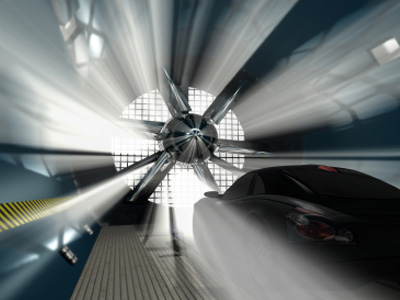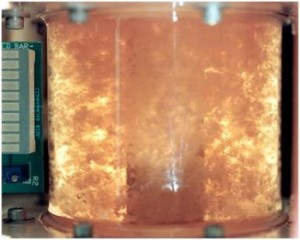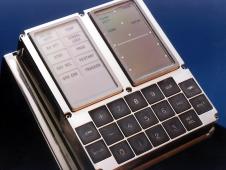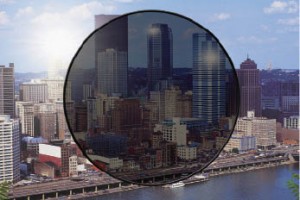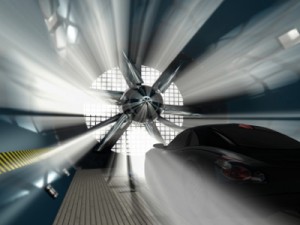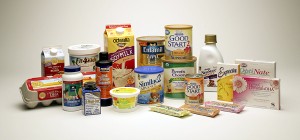In Part 2 of 10 Technologies from Space We Use Here on Earth, we complete the list first reported on March 19 in Information Week in an article by Elena Malykhina. All these space technologies are in use for Earthly applications today and have been honoured in the Space Technology Hall of Fame. As in Part 1 I offer you links to find out more about these space technologies that are helping us alter our world.
Adult Stem Cell Research – Going back to 2002 NASA started experimenting with human stem cells in weightlessness creating a “rotating wall bio-reactor.” Today that technology has been licensed by Regenetech to continue the work. Regenetech acquired exclusive rights to 11 NASA patents and is using the bio-reactor which it calls the Intrifuge System. How does the bio-reactor work? In the simulated weightless, microgravity environment cells form large clusters that resemble the way tissue normally grows in the body. The constant rotation gently mixes cells and nutrients without damaging cell growth and interaction. Currently the system in cooperation with medical institutions is assisting in the study of human colon, prostate, breast and ovarian tumors. The bio-reactor is also being used for experimentation in the building of cartilage, bone marrow, heart muscle, skeletal muscle, pancreatic islet cells, and liver and kidney cells from adult stem cells.
Digital Fly-by-Wire – or as it is known by acronym, DFBW, was first developed by NASA engineers back in 1972. The aircraft, a modified F-8 Crusader was fitted with with a digital command console (seen below) and wires to replace hydraulic controls. The wire controllers were less vulnerable to damage under the stresses of battle conditions or space flight and much lighter in weight. The computer-aided guidance meant the pilot could rely on the controller to make decisions to achieve stability and a smoother ride. DFBW was available on Apollo and became standard on the U.S. shuttle. Today DFBW systems are a feature of almost all commercial aircraft.
UVA Filters – The commercial eye industry owes a lot to NASA for its development of lenses and lens coatings that absorb 99% of hazardous light including UVA and UVB. For NASA astronauts light filtering in the harsh environment of space was an absolute necessity. Short-term eye exposure to UV radiation causes photokeratitis, an inflammation of the cornea. Long-term exposure leads to cataracts, retinal damage, and eye lesions. Today contact lenses, regular eye glasses and sun glasses include UVA and UVB protection.
Aerodynamics and Fluid Dynamics – Today’s trucks and automobiles owe a lot to NASA’s engineers at the Dryden Flight Research center. Before NASA only racing car designers talked about drag coefficients and aerodynamics. But when NASA started developing rockets and spacecraft the ideas they incorporated into design soon found a new audience dealing with rising costs of transportation fuel. Hence we see today faring and air dams on semi-trailer trucks that save hundreds of liters of fuel over a single trip, rounded shapes, grill-closing technology to reduce drag, and other design details to reduce turbulence and drag coefficients.
Food Supplements – From Tang to micro algae, NASA has done more than most in developing new foods and food supplements to help it achieve the goal of keeping astronauts alive in space. In Elena Malykhina’s article she specifically talks about Martek Biosciences, who has through licensing of patents and scientific breakthroughs from NASA’s Closed Environment Life Support System, introduced a range of nutritional products under the brand life’s DHA. Developing strains of micro algae that produce oil rich acids and nutrients, life DHA products include supplements for infant, child, maternal and adult health. DHA is now found in nationally distributed foods made by companies such as Kellogg and Yoplait. Look at the picture below to get a good sampling of NASA-inspired food products.
So there you have it, the contributions that NASA has made through its space research to those of us who may never go into space but certainly are beneficiaries of what the program has produced.
